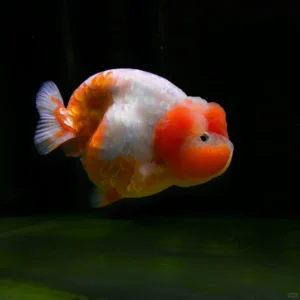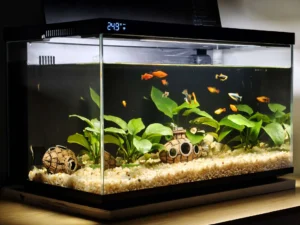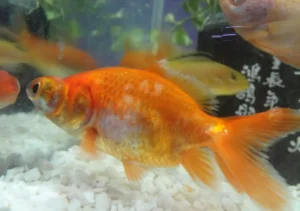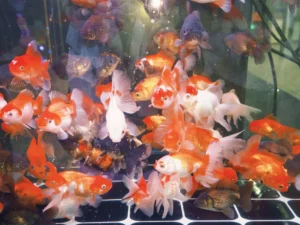A fish tank is the home where your little fish eat, sleep, and play. To help them grow healthy and happy, keeping their environment clean and comfortable is essential. This is why cleaning and disinfecting the fish tank plays a vital role in the lifespan of your fish. But how exactly should you clean a fish tank? Today, let’s go through some simple fish tank cleaning methods.

How to Clean a Fish Tank
A fish tank requires cleaning not only during use but also before its first use.
Cleaning a New Fish Tank
Before using a new fish tank, you must clean it thoroughly. Prepare one or two buckets that have never been in contact with detergents or chemicals. Use hot water and a cloth or sponge with a little vinegar to scrub the inside and outside glass. After cleaning, fill the tank with water and leave it for 2–3 hours. If no leaks appear, the tank is ready to use.
Cleaning the Tank Walls
After a period of use, algae and dirt often build up on the glass walls. A magnetic scraper can easily remove these deposits.
A magnetic scraper usually comes in two connected parts:
- One side with blades that stays inside the tank.
- One side with a brush that stays outside the glass.
The two halves attach magnetically. By moving the outside handle back and forth, the inside blade scrapes away algae and dirt quickly and efficiently. This method is safe for the glass and very convenient. Some scrapers can last for many years if well maintained.
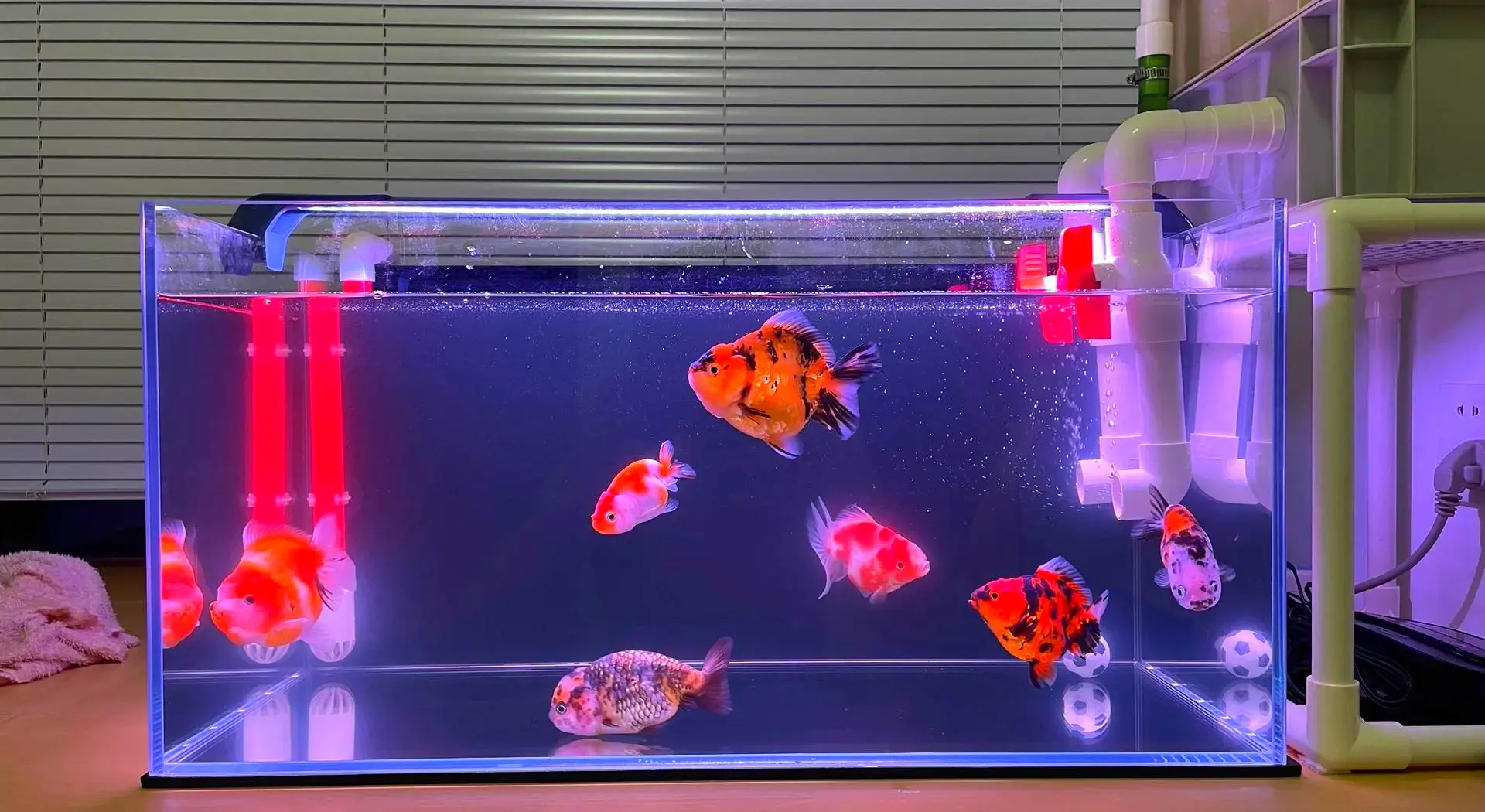
Cleaning the Filtration System
Before cleaning the filter, you need to understand its structure. Most aquarium filters have several layers:
- Filter sponge or filter cotton – for trapping solid debris.
- Biological sponge – for bacterial growth.
- Ceramic rings or bio media – for biological filtration.
- Activated carbon or other special media – for chemical filtration.
Because the filter houses beneficial bacteria, you should not clean it too often. Focus mainly on the first layer, which collects the most dirt.
When cleaning filter sponges, use old tank water instead of tap water. Gently rinse the sponge in the water you remove during a water change. Avoid scrubbing or using chlorinated tap water, as this will kill beneficial bacteria and weaken the biological filtration system.
How to Clean a Small Fish Tank
If you have a small tank, follow these steps:
- Prepare a clean bowl without oil or detergent residue.
- Gently pour the tank water and fish into the bowl, leaving waste behind in the tank.
- Clean the tank glass using hot water and vinegar, just like with larger tanks.
- Refill the tank with half new water (aged for 1–2 days to match temperature and remove chlorine).
- Transfer the fish and water back into the tank.
After cleaning, wait until the fish adjust before feeding them again. With regular partial water changes, the water will stay much cleaner.
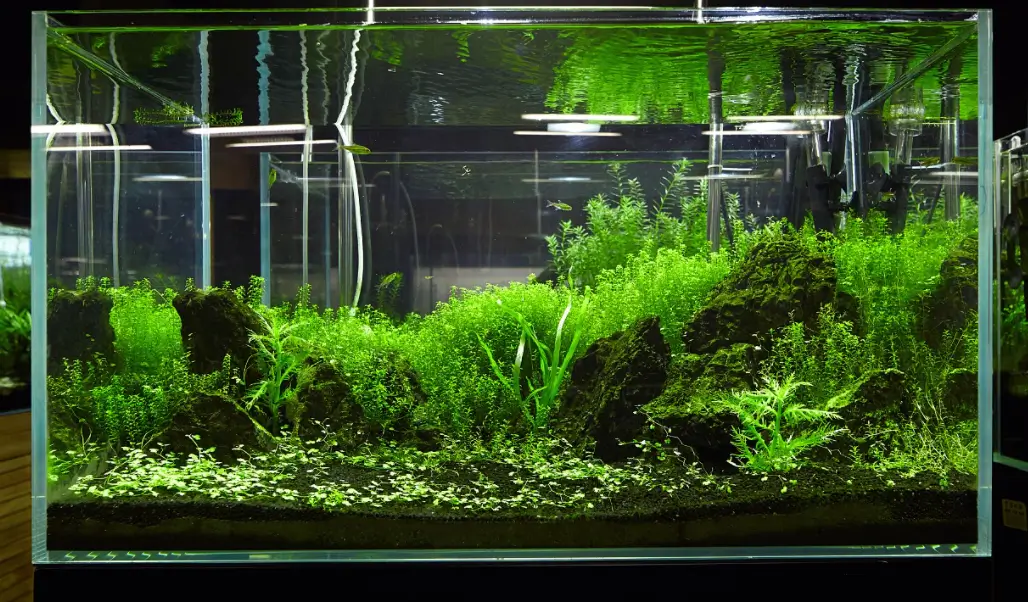
How to Disinfect a Fish Tank
For disinfection, you can use a potassium permanganate solution (KMnO₄). This strong oxidizer releases oxygen that kills bacteria.
- The usual concentration is 1:2000 to 1:5000 (1 gram potassium permanganate per 2–5 liters of water).
- Always use cooled boiled water for mixing, not hot water, to avoid reducing its effectiveness.
- Soak the tank for at least 5 minutes.
- Rinse lightly with clean water afterward before reuse.
Important Notes on Fish Tank Cleaning
- Do not use chemical detergents or household cleaning agents. Substances like alkaline cleaners, surfactants, or phosphates are harmful to fish and plants.
- Hot water, sponges, and a little vinegar are safe and effective.
- For oil films or dust floating on the water surface, use a thin piece of absorbent paper. Gently drag it across the surface with chopsticks to remove residue.
- For stubborn algae, use a long-handled scraper with a blade. Debris can be siphoned out with a plastic tube fitted with a mesh to prevent sand from being sucked out.
How Often Should You Clean a Fish Tank?
The frequency depends on your setup:
- If the filter is well designed, you may only need to clean the media once a year.
- Filter sponges, however, need regular cleaning.
- Avoid placing the tank in direct sunlight, as it encourages algae growth. In sunny conditions, you may need to clean once a week.
- During cleaning, replace only one-third to half of the water, not all of it.
- Full water changes can disrupt the biological balance and harm your fish.
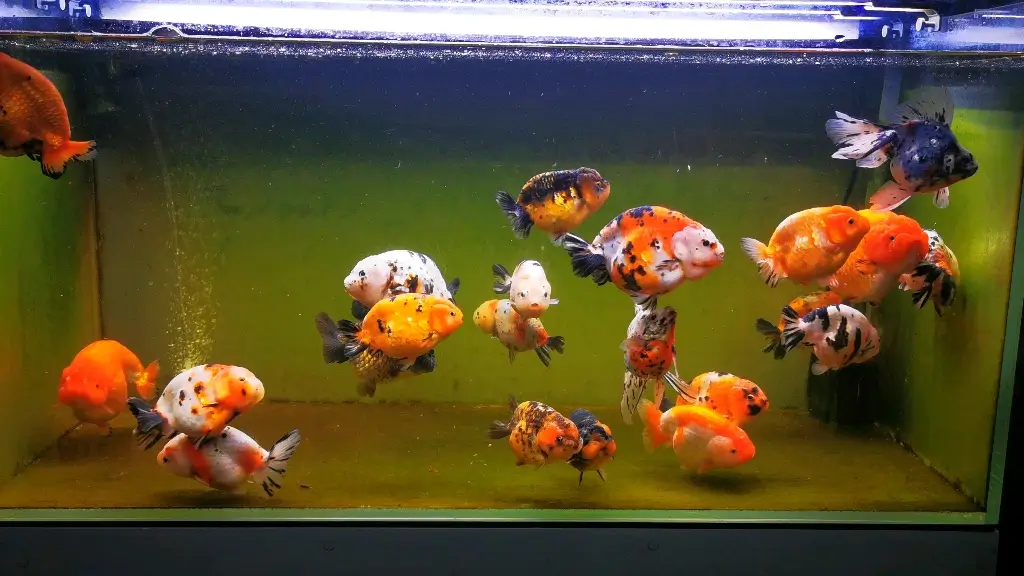
Conclusion
Keeping your fish tank clean is one of the best ways to ensure your fish live long, healthy lives. Focus on cleaning the glass walls, maintaining the filtration system, and carrying out partial water changes. Disinfect the tank only when necessary, and avoid chemical cleaners. With these simple steps, your aquarium will remain a safe and comfortable home for your fish.

